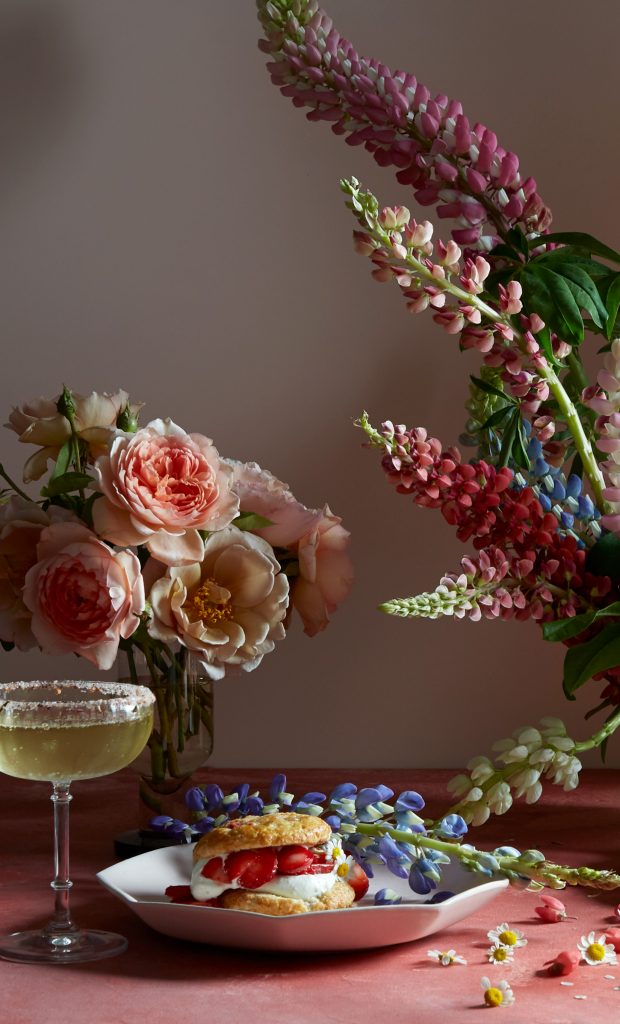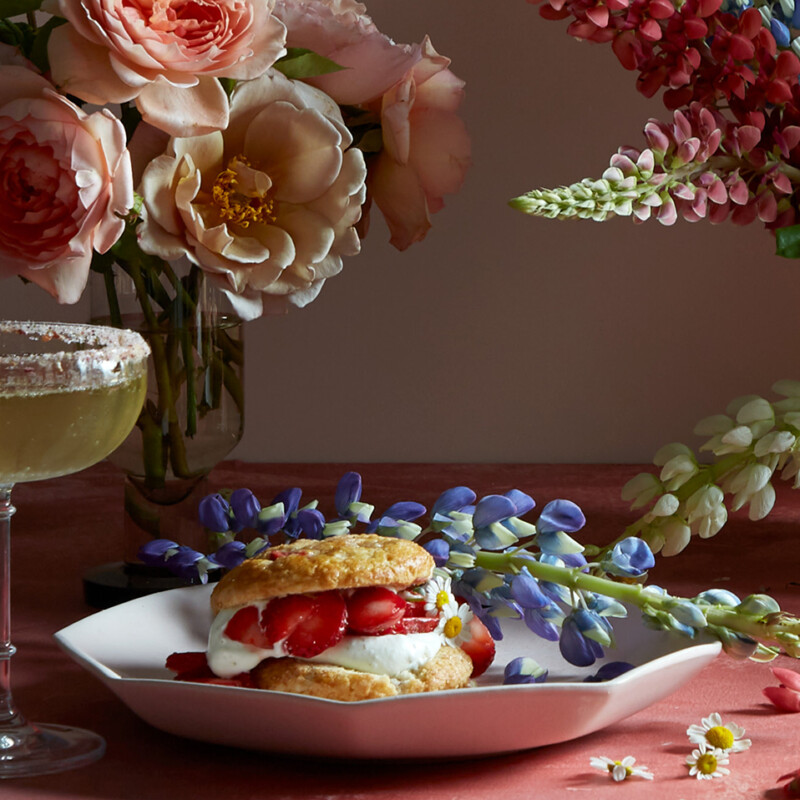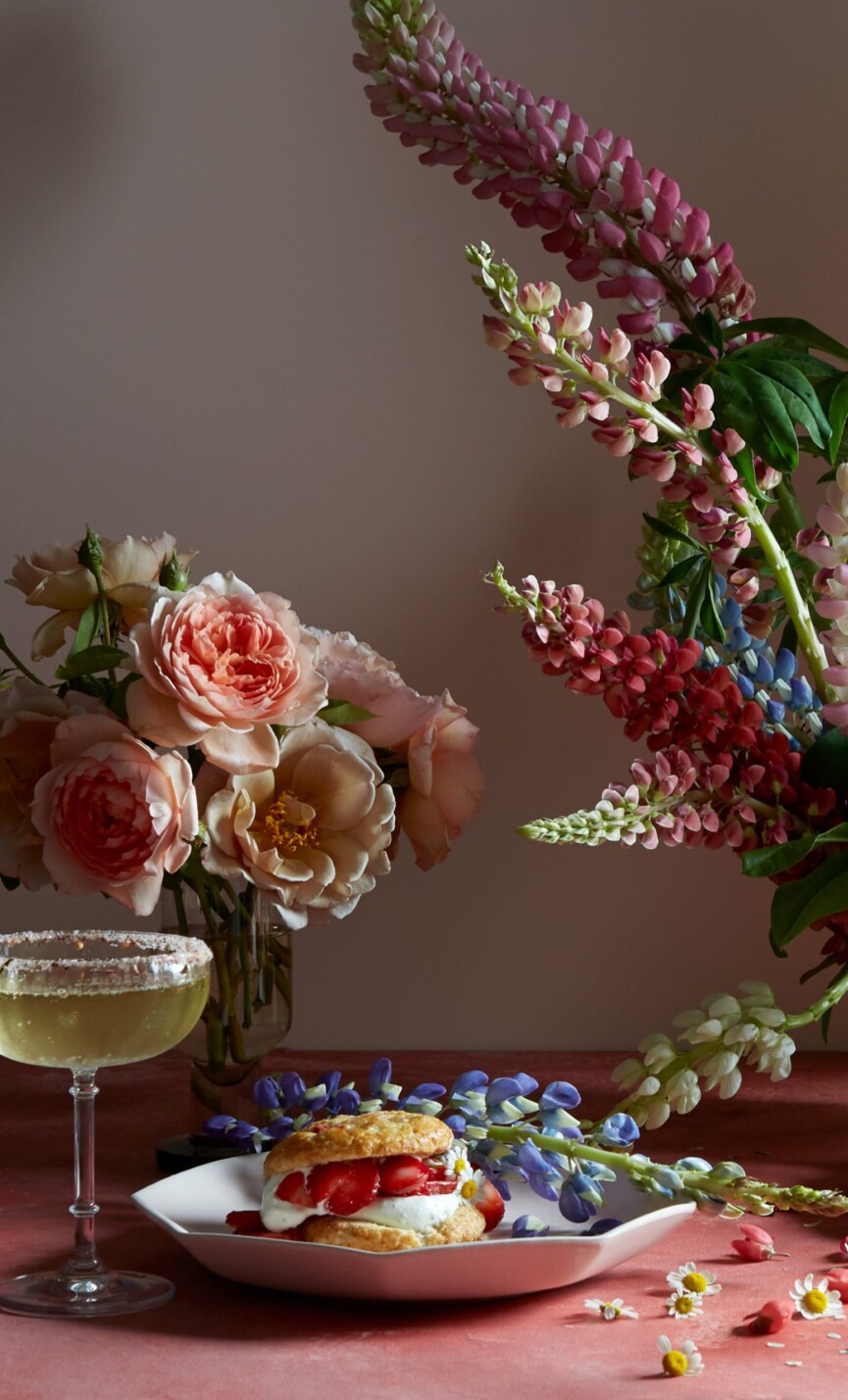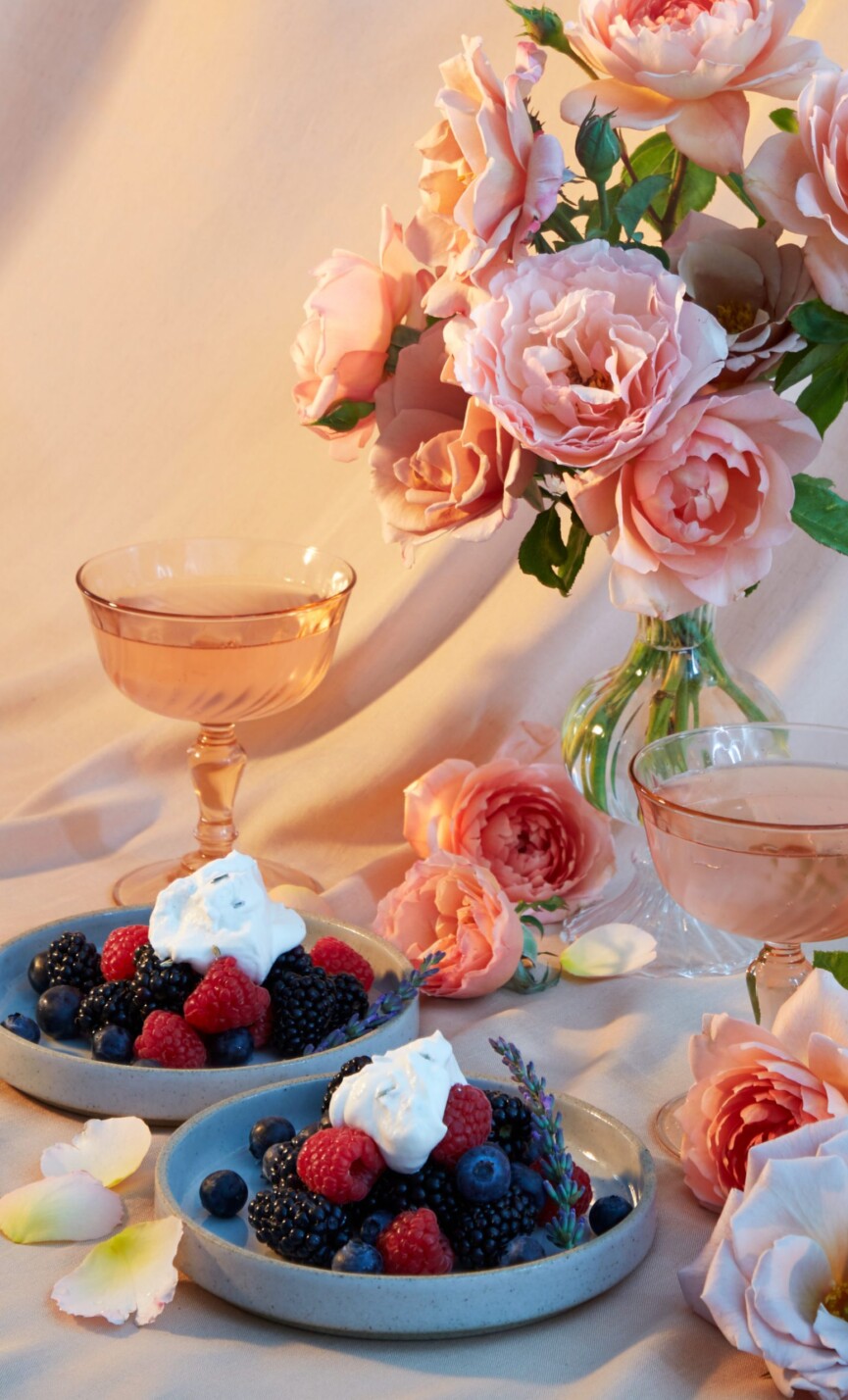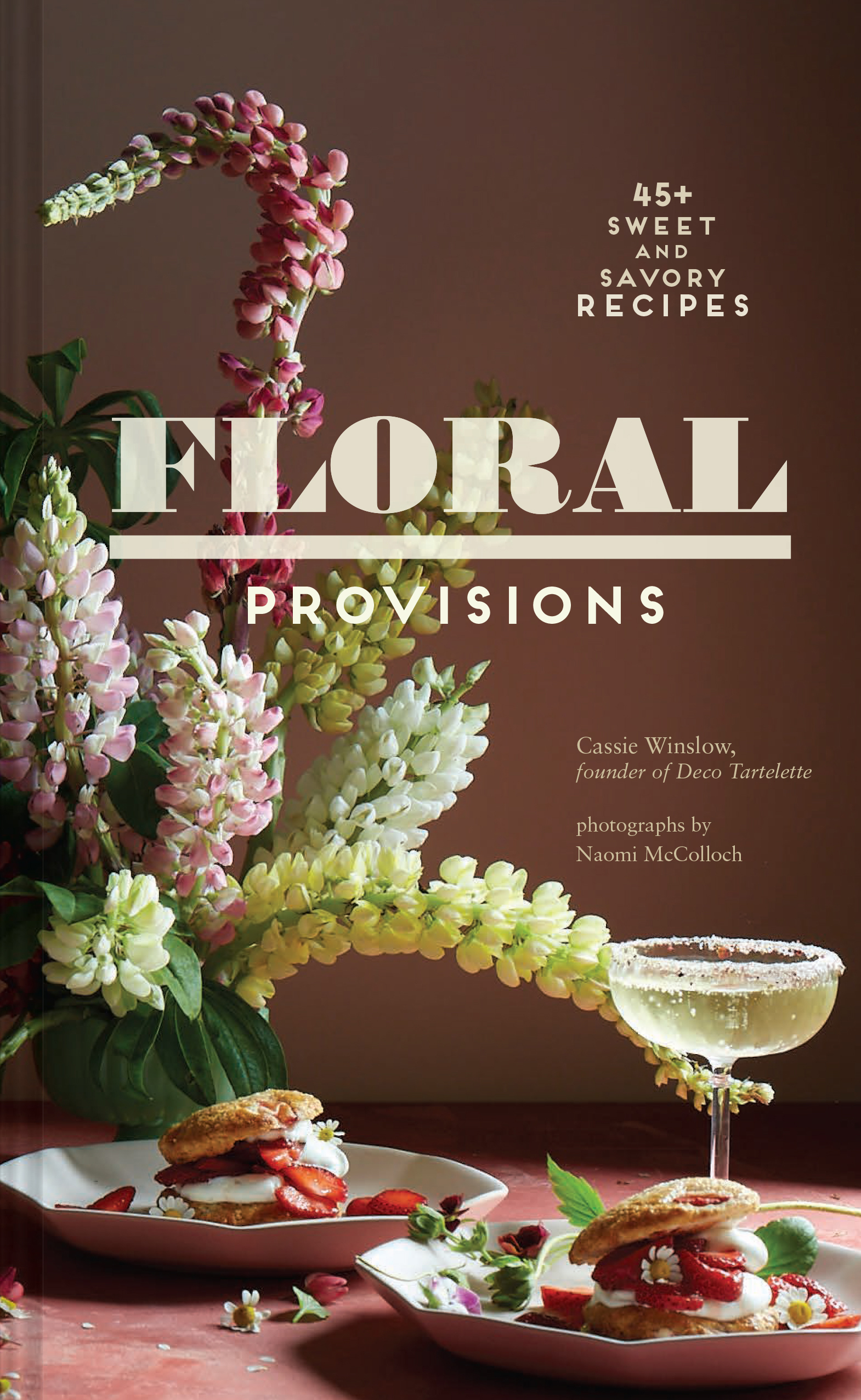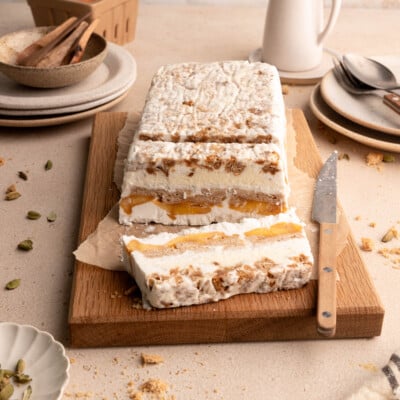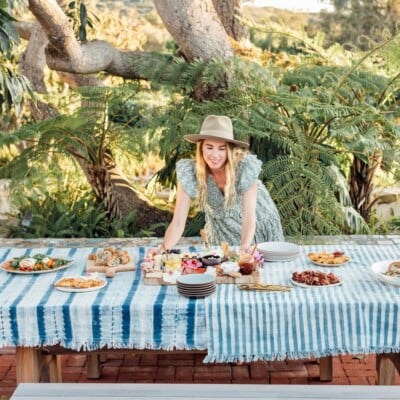Cooking with flowers is an artistic and culinary delight. I’ve always been smitten with the magic of flowers. Enamored, infatuated, besotted with the allure of something so ephemeral but resonant, an organic concentration of beauty whose presence captures the wonder that nature alone can create. During the summers in college, I worked as a floral assistant, collaborating with the blooms and stems I’d come to love. But it wasn’t until a year or so ago that I shifted gears and began cooking with flowers in earnest.
It began with nasturtiums. I loved topping my pizzas with their bright, peppery bite and seeing their vibrant, summery hue tossed into salads. From there, my obsession only grew, and soon I was dotting my strawberry shortcake with tiny petals of chamomile and adorning buttery shortbread with violets. The world of cooking with flowers is vast and wide—and it’s a truth Cassie Winslow knows well.
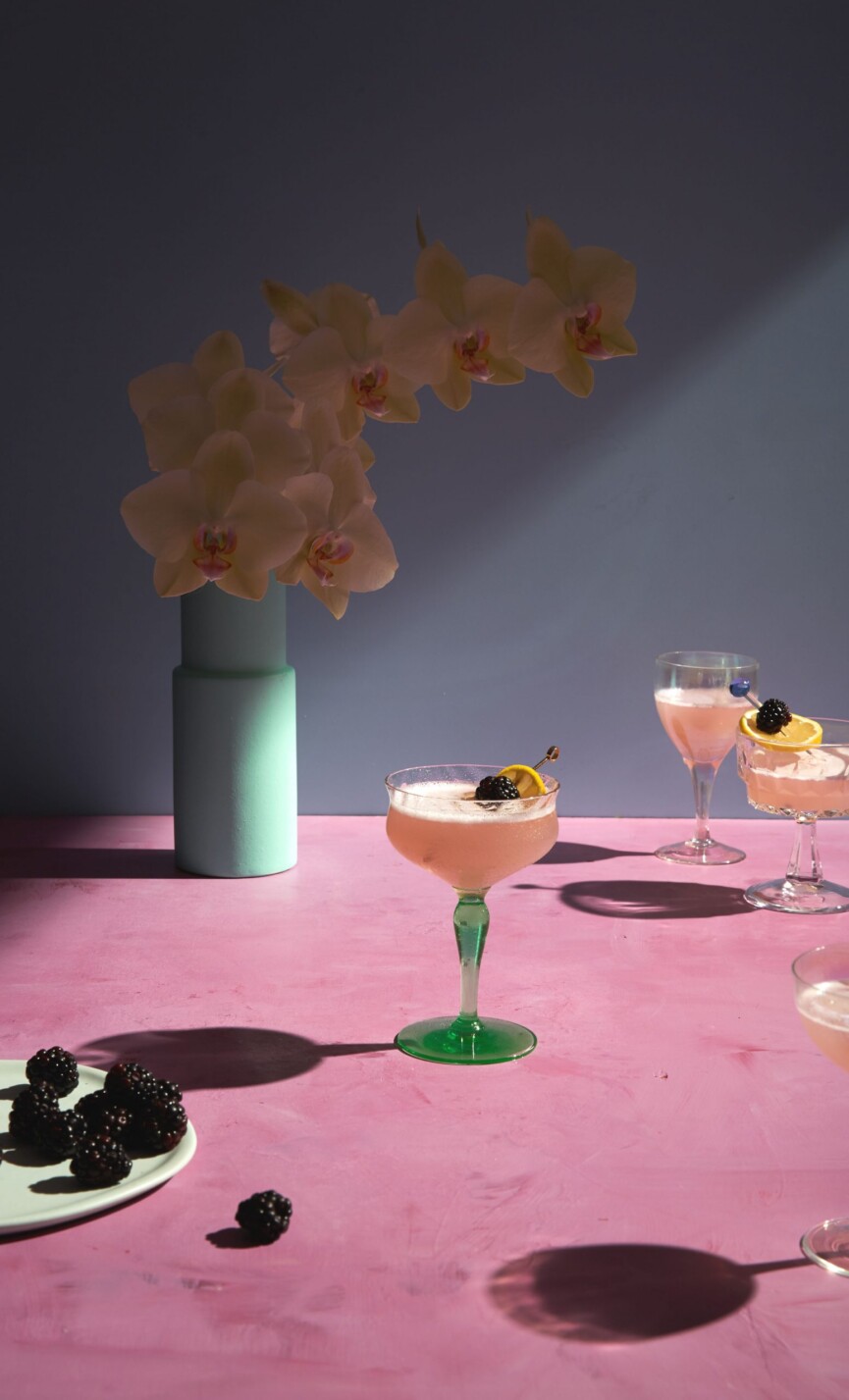
A baker, blogger, and active caretaker of her edible flower garden, Cassie is inspiring us all to connect with the joy of cooking with flowers and to return this close-to-the-earth way of living to the forefront of our focus. Now the author of two books, Floral Provisions and Floral Libations, Cassie’s artistry is a sight to behold and her recipes a delight to be savored.
I sat down with Cassie to chat about all things cooking with flowers—from the best blooms to work with to tips and tricks for keeping your flowers fresh. If your cooking routine could use a refresh, get ready for all the inspiration you could ever need.
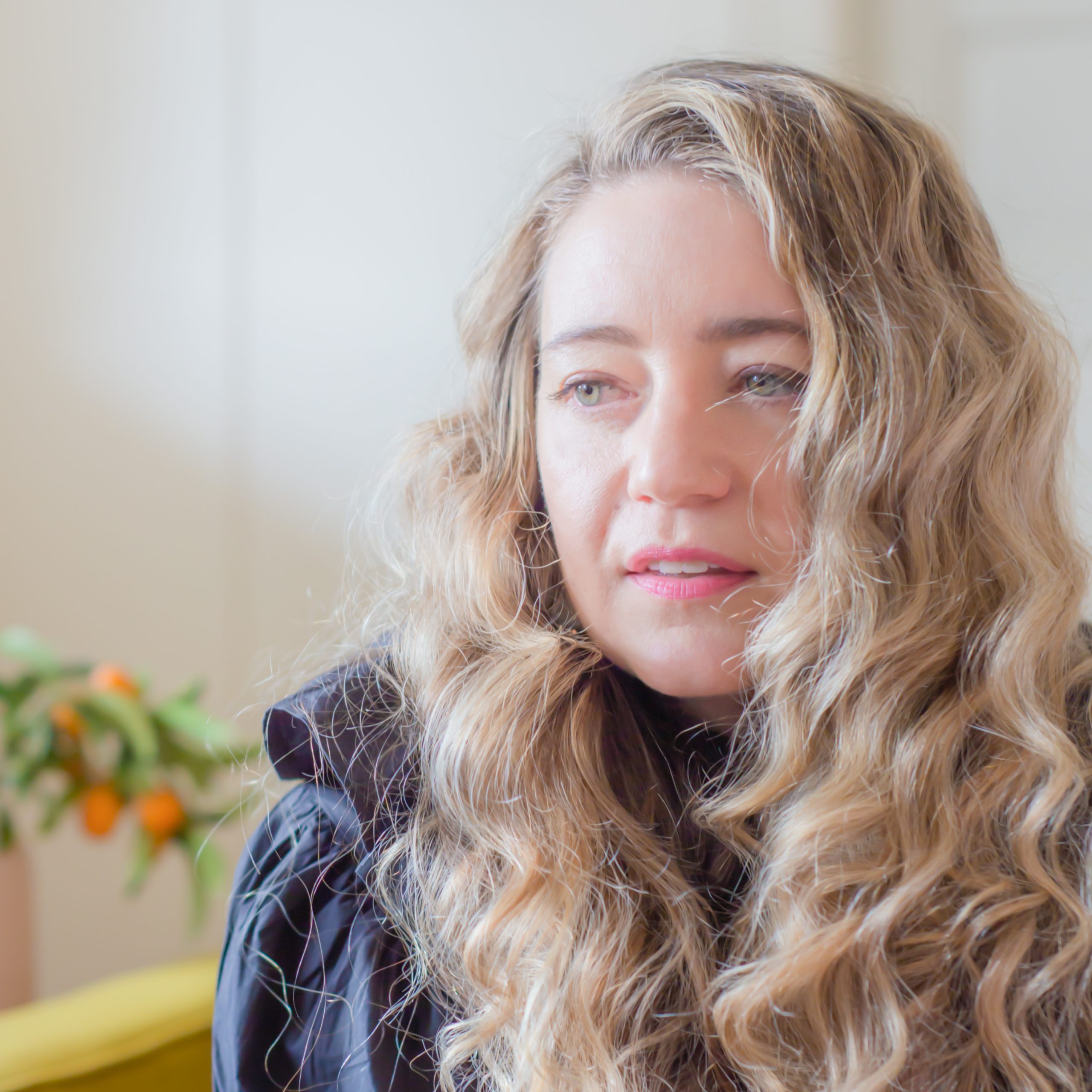
Cassie Winslow is the founder of the blog Deco Tartelette and author of Floral Libations, published by Chronicle Books. Her work has been featured in O, The Oprah Magazine, the New York Times, Vogue Paris, Forbes, Grub Street, and Brides Magazine. She lives in Northern California, with her husband, daughter, and rescue pup, where they tend to their delightful edible flower gardens.
Could you share a little of the history of bringing flowers into our food?
Many cultures have been using flowers in food for centuries. I have read that using edible blooms in cooking dates back to early history when Romans would use them in salads. For further reading on the history of edible flowers, I just acquired Gerald’s Herbal by John Gerard, and I’m excited to study more.
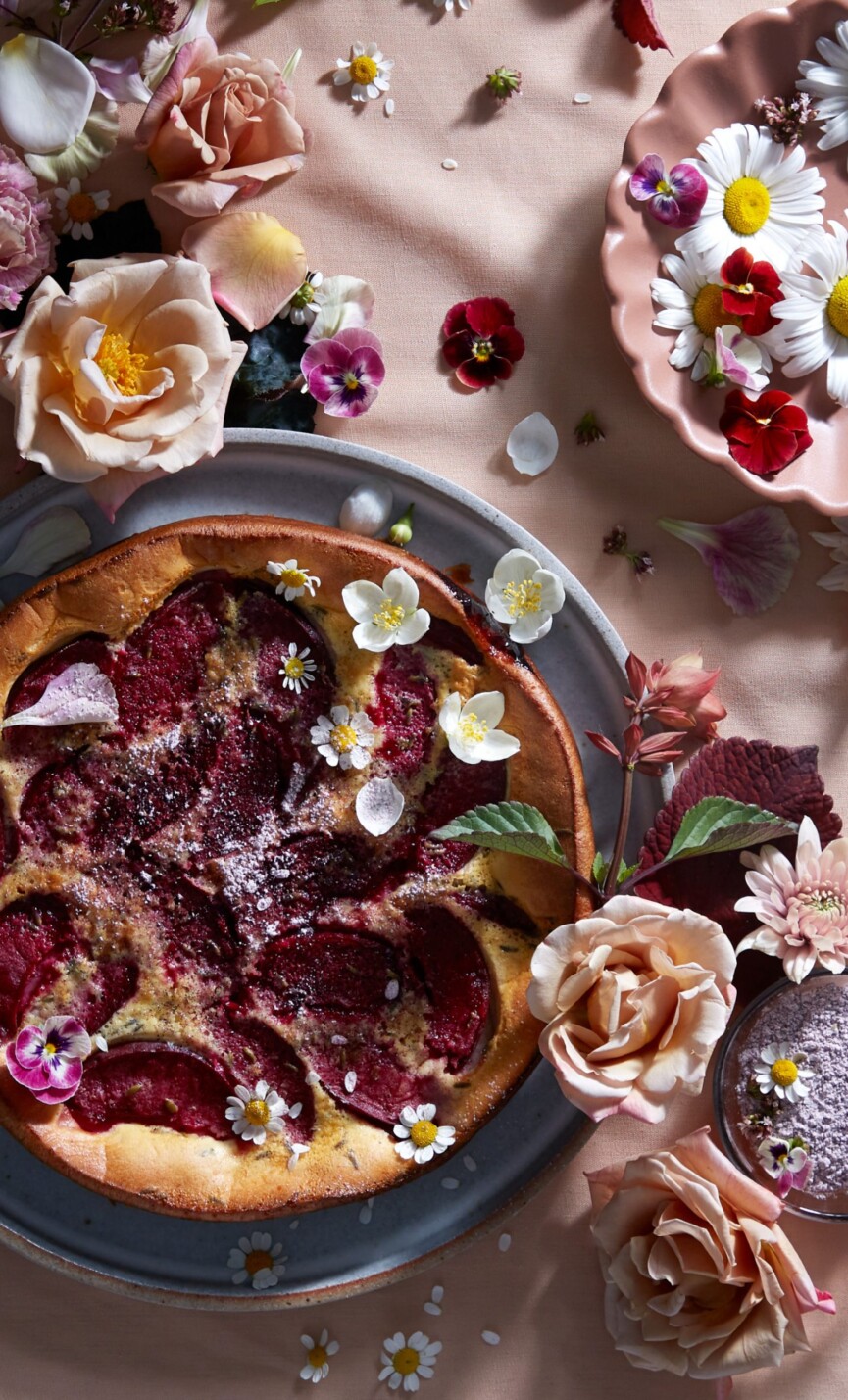
Get the recipe for cassie’s plum and Lavender Clafoutis
What flowers can be used in cooking and baking?
I love using organic dried edible flowers in recipes as they have a long shelf life, are easy to source, and stand up well to baking and cooking. There are many edible flowers and I’m always discovering new varieties, but my favorites (and the easiest to source) are:
- Roses. They vary from source to source, and of course, depend on the variety. Overall, they tend to be fragrant and sweet, and some can even lend a pleasant bitterness.
- Chamomile. These small blooms have an earthy flavor and complexity that reminds me of honey.
- Lavender. Lavender is lovely and quite perfume-y, so a little goes a long way.
- Calendula. Calendula petals can be quite subtle in flavor with a slight hint of spice.
- Hibiscus. I only use hibiscus in its dried form. It has an absolutely stunning color and is very tangy and tart.
These all make delicious infused salts and sugars as well as syrups!
Do you have a favorite flower to use in recipes?
I would have to choose chamomile for many reasons. I have found that it’s the easiest dried organic flower to source. You can find chamomile tea nearly everywhere, and most of the time, the bags contain chamomile flowers only. It’s fabulous in both sweet and savory recipes and adds such a delicate floral flavor to all dishes.
I use it in chamomile salt, which can be sprinkled on homemade fries, chamomile simple syrup to use in cocktails or drizzle atop vanilla ice cream, and in whipped cream to serve with strawberry shortcake, a summertime favorite.

Get the recipe for cassie’s Strawberry and Rose Geranium Milkshakes
For someone who’s cooking with flowers for the first time, where would you recommend starting?
I have many pantry recipes in both of my books and have found that making many of those pantry staples to have on hand is the best way to incorporate edible flowers into everyday meals. For example, rose salt can be used to sprinkle atop a poached egg or chocolate chip cookies, or to rim the glass of your favorite margarita or even a glass of champagne. Lavender syrup can be used to sweeten your daily coffee, add to your favorite cocktail, or drizzle on top of pancakes.
How do you keep flowers looking vibrant and staying fresh?
Use a linen napkin to gently clean the blooms rather than rinsing to maintain color and shape. Store in the fridge and use as soon as possible, typically within a day or two depending on the bloom.

